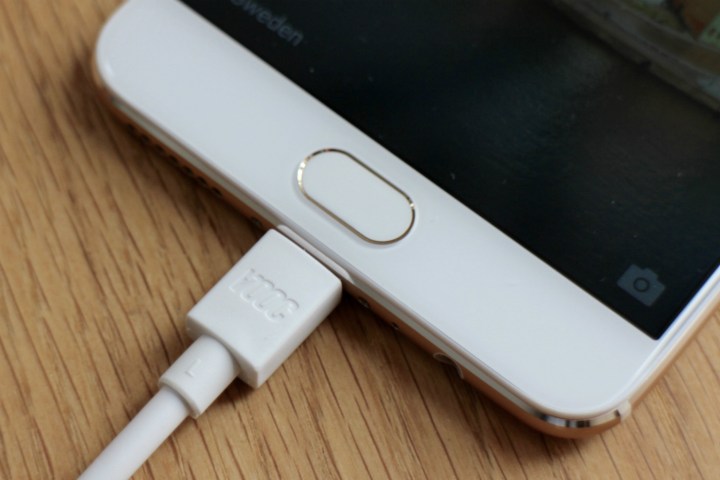
It continues to say that by doing so, there may be operational problems with chargers or devices that use the standard USB Type-C charging system, known as Power Delivery. In other words, one charging system may not work with another, and mixing the two may not be the best idea. Google’s making this a request at the moment, but warns that in the future, it may become a requirement.
What does all this mean? As an example, Qualcomm, OnePlus, Oppo, and now Huawei all have their own fast charge technology, which requires the use of a special supplied charger to work. These intelligent chargers often drastically alter the current flow, and make use of special algorithms to streamline the charging process, resulting in faster charge times.
Google’s point is these changes may go against the USB Type-C Power Delivery protocol, and if someone mixes and matches chargers, cables, and devices, problems may arise. It doesn’t go into detail about the issues, but at best devices would simply charge slowly, or at worst one of the components may not work, fail or overheat. In the wake of the Galaxy Note 7’s explosive failure, no-one wants to see this happen, and it may have prompted Google’s action.
Huawei is the latest company to launch its own fast charging system. Called SuperCharge, it’s part of the new Mate 9 smartphone, and requires the use of a special charger that will zap the battery to 58% capacity in only 30 minutes. Huawei promises the system monitors voltage, current, and temperature to ensure it remains safe. Oppo’s VOOC fast-charge system works in a similar way, as does OnePlus’s Dash charge, and Qualcomm’s Quick Charge technology, used by phones including the Galaxy S7 and the LG G5.
Exactly how this will affect these charging systems isn’t clear yet, or if USB Type-C Power Delivery compatibility can be engineered into them, to meet Google’s new requirement should it become mandatory.
Editors' Recommendations
- Google is expanding Fast Pair, casting to more devices
- Why USB-C on the iPhone 15 could be a nightmare
- This 240W USB-C cable opens up new charging possibilities
- The Google Pixel 6 and 6 Pro barely charge any faster than the Pixel 5
- Realme’s new ultra-premium flagship will come with 125W fast charging in 2022




